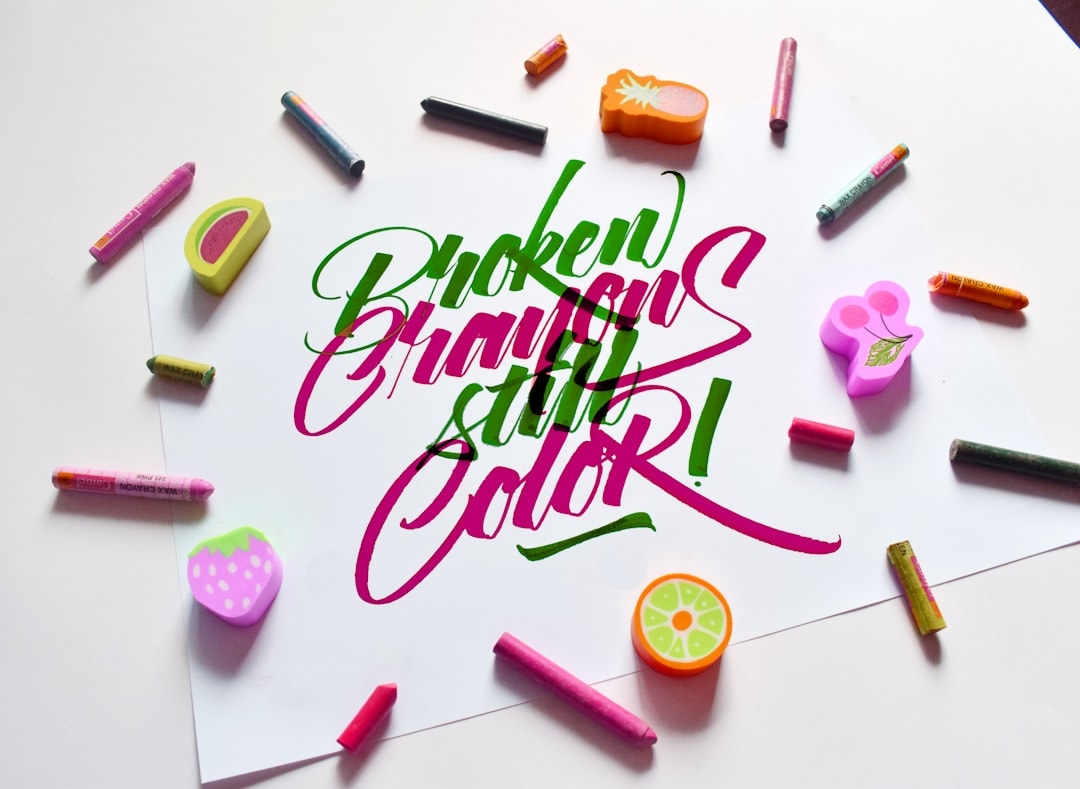Creating a logo can feel overwhelming at first, especially if you’re not a designer. But with the right process, even a beginner can turn a simple idea into a stunning logo in just minutes. Whether you’re launching a startup, refreshing a brand, or building a personal project, having a strong logo is vital. It is the face of your identity—appearing on everything from websites and business cards to packaging and social media.
This step-by-step guide walks you through the process of transforming your idea into a polished, professional-looking logo quickly and efficiently.
Step 1: Understand Your Brand Identity
Before any design begins, it’s important to establish what your brand stands for. Ask yourself the following questions:
- What is the mission or purpose of the brand?
- Who is the target audience?
- What emotions do you want your logo to evoke?
Write down keywords that describe your brand’s personality—such as bold, creative, trustworthy, or sophisticated. These words will later guide your design choices.
Step 2: Research and Get Inspired
To fuel creativity, look at logos from competitors, similar industries, or even unrelated sectors. Notice trends in:
- Typography
- Color palettes
- Icons and shapes

Collect and save your favorite references. Platforms like Behance, Dribbble, or Pinterest can provide endless inspiration for styles, layouts, and color combinations.
Step 3: Choose a Logo Style
There are several logo styles to choose from, each with its own strengths. Some of the most popular include:
- Wordmarks (e.g., Google) – Text-only logos using customized fonts.
- Lettermarks (e.g., IBM) – Initials used in a stylized typeface.
- Icons or Symbols (e.g., Apple) – Graphic-based and highly visual.
- Combination Marks (e.g., Adidas) – A blend of text and graphics.
Decide which type fits your personality and function best.
Step 4: Pick Fonts and Colors
Typography and color impact how your logo is perceived. Choose fonts that reflect your tone—serif fonts for tradition and professionalism, sans-serif for modernity and cleanliness.
Color also plays a psychological role:
- Blue: Trust, stability
- Red: Passion, energy
- Green: Growth, balance
- Black: Luxury, power

Limit your palette to two or three main colors to maintain a professional and clean look.
Step 5: Use a Logo Maker or Design Tool
With ideas in mind and elements selected, it’s time to bring your logo to life. You can use free and premium logo-making tools like:
These platforms offer templates, drag-and-drop features, and AI suggestions based on your inputs. Simply choose a template and start customizing it with your chosen fonts, colors, and icons.
Step 6: Refine and Download
Once you’ve created several variations, review them and gather feedback from friends, colleagues, or potential users. Ask questions like:
- Is the logo easy to read and remember?
- Does it work well in different sizes and backgrounds?
- Is it aligned with the brand identity?
After final tweaks, download your logo in high-resolution formats, including PNG, SVG, and EPS so it’s ready to use across platforms.
Step 7: Apply Your Logo Consistently
Your logo is now ready, but true branding success comes from consistency. Place your new logo on your website, business cards, social media profiles, email signatures, and promotional materials.
Creating a brand guideline can ensure uniform use and preserve the logo’s effectiveness across all mediums.
Frequently Asked Questions
- Q: How long does it really take to create a logo?
A: With online tools and a clear vision, it can take as little as 15 to 30 minutes to design and finalize a logo. - Q: Do I need to hire a professional designer?
A: Not necessarily. Logo makers offer powerful features for most needs. However, for advanced customization or unique branding strategies, a professional can be helpful. - Q: Which file types should I download?
A: Ensure you download PNG (for web), SVG (for scalability), and EPS (for printing) formats. - Q: Can I trademark a logo created with a logo maker?
A: Yes, as long as the elements used are unique and not from public domain or widely used templates. Always check the licensing agreement of the platform you use. - Q: How often should I update my logo?
A: It depends on your brand evolution. A subtle refresh every 5–10 years is typical to stay current without losing brand recognition.

